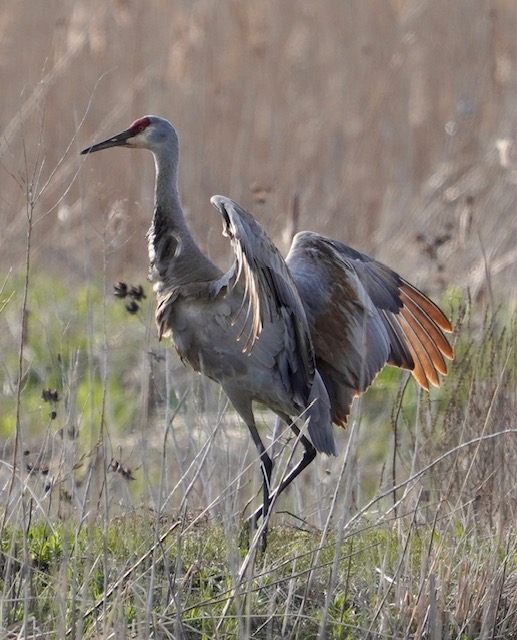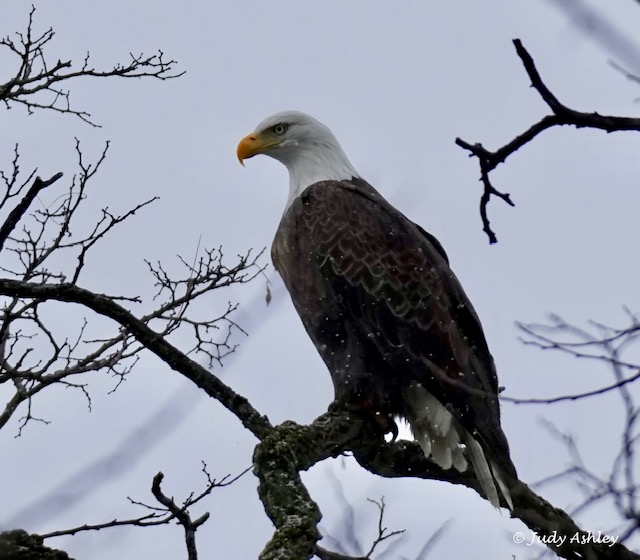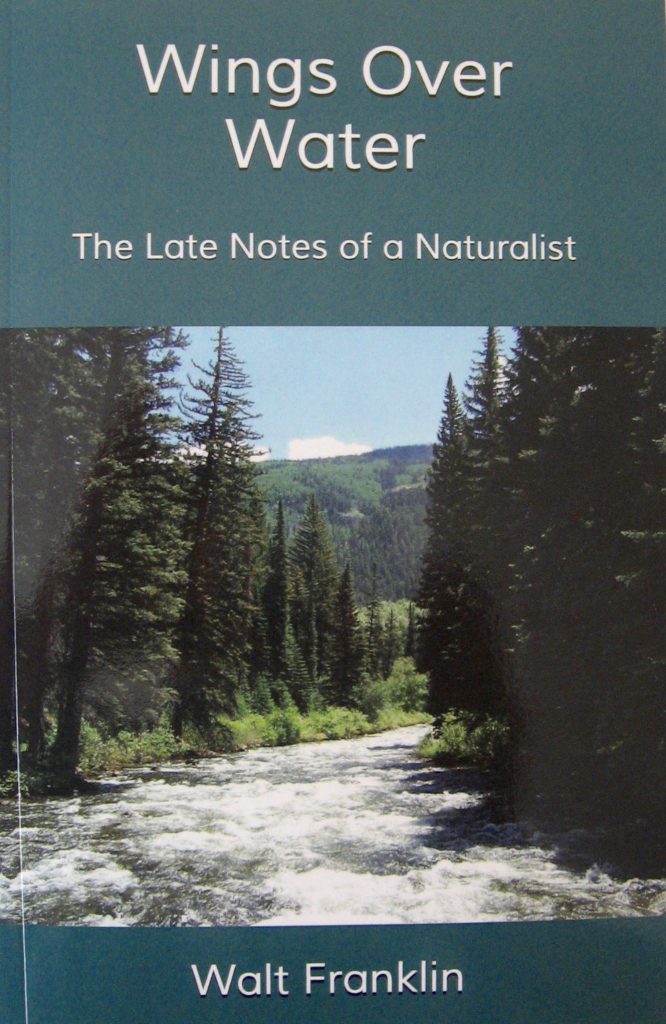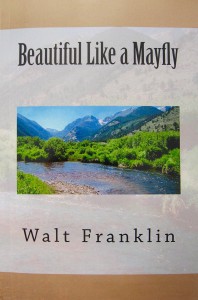Apr 23 2023
The Golden Hour

Last week Judy and I made a much-anticipated pilgrimage to Montezuma National Wildlife Refuge to witness the spring migration there. Located in the Finger Lakes Region of upstate New York, we reached it in less than 8 hours. Even though the Missisquoi National Wildlife Refuge is only ten miles away from where we live, one never knows what one will find elsewhere. Besides, birding destinations give us a reason to get away.
Monday was overcast and rainy. We saw shovelers, coots, mallards, teals, and other ducks in the marshes while slowly motoring along Wildlife Drive. Judy was in the passenger’s side of the car so she didn’t get any good photos. Visitors are not allowed out of their cars on Wildlife Drive this early in the season. But she was on the right side of the car to catch hundreds of carp in a spawning frenzy. Such is the nature of wildlife photography. It’s serendipitous, to say the least.
The weather on Tuesday was much the same: less rain but a more chilling wind. We explored the outskirts of the refuge, ending up in the Sandhill Crane Unit where Judy took a good picture of a gadwall half-hidden in the grass. We saw some ospreys, as well, before returning to the Wildlife Drive. This time Judy sat in the back seat so that she could shoot in either direction. I chauffeured her. She photographed a great blue heron eating a fish, a female red-winged blackbird close-up, and the coots doing their funky head-moving action as they swam. I can’t watch them without breaking into laughter.
Wednesday was partly cloudy sky, but the cool temps hardly felt balmy in the steady breeze. We drove the Wildlife Drive once again, seeing the usual suspects, before heading up to the Sandhill Crane Unit. There we parked the car at the end of a dead-end dirt road and watched waterfowl while enjoying the wild silence. I woke Judy from her nap when a bald eagle suddenly appeared, but she didn’t get a picture before it flew away. Yeah, that’s how it goes sometimes.
Back on the Wildlife Drive late afternoon, we hoped to see the snipe spotted there the day before by someone else, as well as a sandhill crane. The snipe turned out to be a dunlin (bird identification is always tricky). Then, as luck would have it, we saw the sandhill crane. It was being harassed by a Canada goose most likely protecting an unhatched brood nearby. We were in the Golden Hour, as bird photographers call it – the hour before sunset. Light illuminated the crane’s wings as it defended itself against the goose. Judy caught it with her camera. And that made the trip. Serendipitous, indeed!
Comments Off on The Golden Hour






